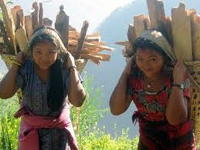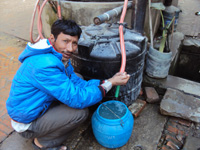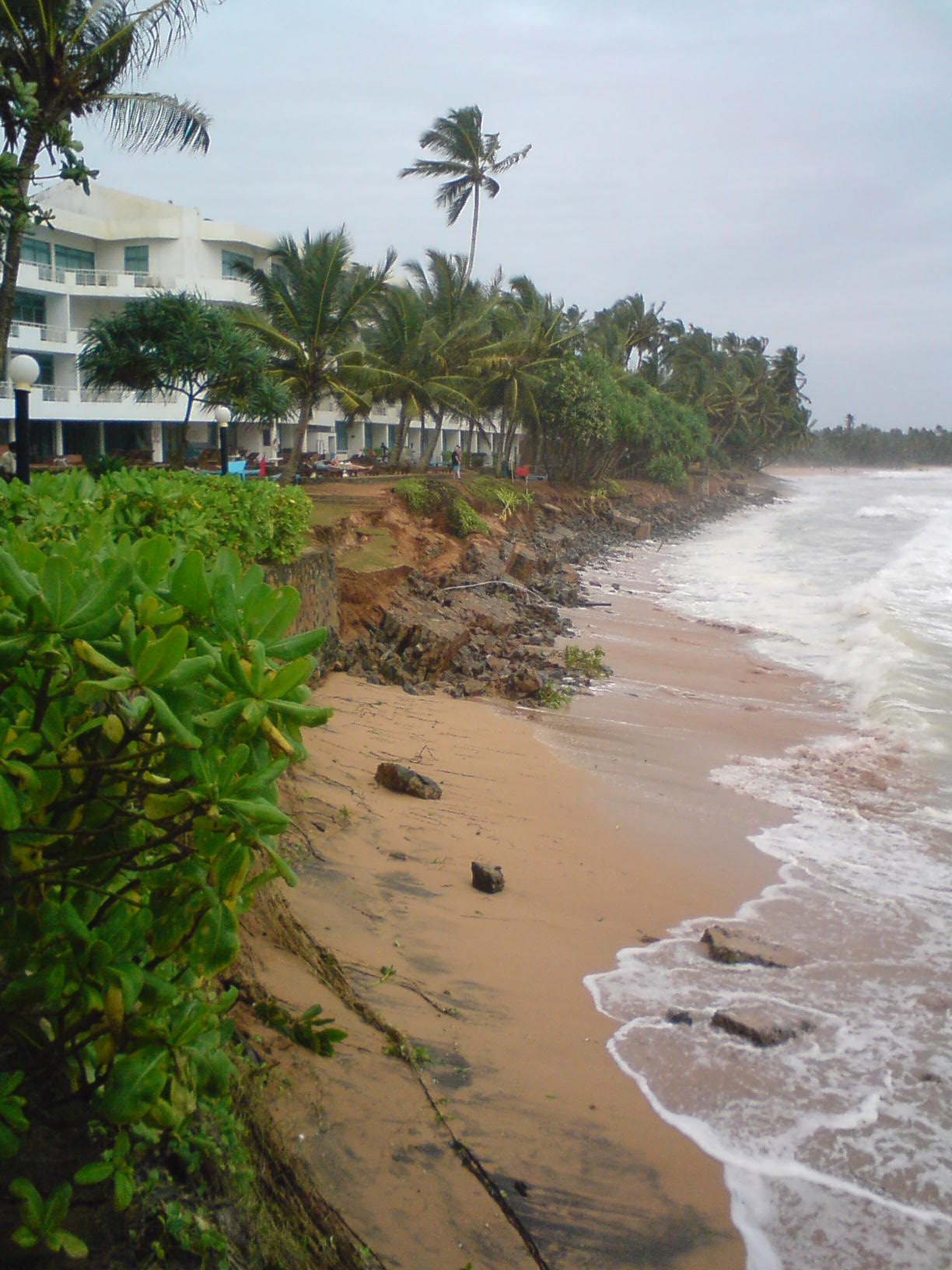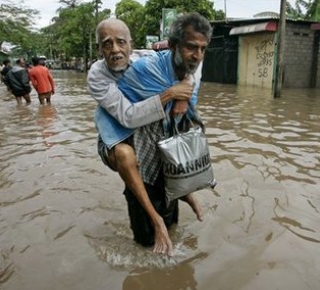Asian Development Outlook- April 2025
<p>Weak consumption in the People’s Republic of China will partly offset robust domestic demand in South Asia. Disinflation is expected to continue, driven by lower food and energy prices, along
<p>Weak consumption in the People’s Republic of China will partly offset robust domestic demand in South Asia. Disinflation is expected to continue, driven by lower food and energy prices, along

<p><span style="font-size:12px;"><strong>Vehicular Air Pollution in Colombo</strong></span></p> <p><img alt="" src="http://www.indiaenvironmentportal.org.in/files/country/srilanka/vehicular_pollution_hl.jpg" style="width: 530px; height: 300px; border-width: 2px; border-style: solid;" /></p> <p>In Colombo vehicles are responsible for 60% of the air pollution load. The city is falling into the toxic grip of motorization. Colombo is in the grip of deadly dieselisation: the current level of diesel technology and fuel quality represents very special risk, as diesel vehicle fleet is expanding in a maniacal pace. Diesel vehicles are 45% of the total fleet that already use up more than 90% of the diesel fuel. The policy to under tax diesel fuel and maintain a wide gap with petrol prices is largely responsible for this trend in the region.</p>
_0127_-_Pescatore.jpg)
<p><span style="font-size:12px;"><strong>Fisheries</strong></span></p> <p><img alt="Fisheries" src="http://www.indiaenvironmentportal.org.in/files/country/srilanka/fisheries_hl.jpg" style="border-width: 2px; border-style: solid;" /></p> <p>As early as in the 1960s, South Indian fishermen were encouraged to use trawlers to increase fisheries exports. The use of trawlers have since boomed, resulting in the near complete extinction of fish in the Indian part of the sea. Due to the decline in catch in their own territorial zones, fishing boats from Tamil Nadu have for long coveted fishing zones in the Sri Lankan territorial waters.</p>

<p><span style="font-size:14px;"><strong>Community Forestry - Nepal</strong></span></p> <p><img alt="" src="http://www.indiaenvironmentportal.org.in/files/country/nepal/forestry_hl.jpg" style="border-width: 2px; border-style: solid;" /></p> <p>The most significant regulatory development in support of community forestry was the enactment of the Forest Act in 1993 by the first elected parliament after the 1990 movement for democracy. The 1993 Forest Act guaranteed the rights of local people in forest management. Nepal became the world’s first country to enact such radical forest legislation, allowing local communities to take full control of government forest patches under a community forestry program.</p>

<p><span style="font-size:14px;"><strong>Privatization of Water</strong></span></p> <p><img alt="" src="http://www.indiaenvironmentportal.org.in/files/country/nepal/private_water_hl.jpg" style="border-width: 2px; border-style: solid;" /></p> <p>The World Bank initiated water sector reforms aim primarily at privatizing water utilities and commercializing water resources. The water privatization policy of the World Bank articulated in a 1992 paper entitled “Improving Water Resources Management” proceeds from the belief that water availability at low or no cost is uneconomical and inefficient.</p>
<p><span style="font-size:14px;"><strong>Land Degradation</strong></span></p> <p><img alt="Land Degradation" src="http://www.indiaenvironmentportal.org.in/files/country/srilanka/land_hl.jpg" /></p> <p>Land is the most vital and heavily threatened natural resource in Sri Lanka. Degradation of land due to soil erosion is of much concern because of its consequences on agriculture, which is a major contributor to the country's GDP. It is estimated that about 5-10 mm of topsoil is lost every year.</p>

<p><span style="font-size:14px;"><strong>Coastal Erosion</strong></span></p> <p><img alt="" src="http://www.indiaenvironmentportal.org.in/files/country/srilanka/coastal_erosion_hl.jpg" style="width: 530px; height: 300px; border-width: 2px; border-style: solid;" /></p> <p>Sri Lanka’s experience with coastal erosion dates back to 1920. Today coastal erosion is an acute problem, disrupting fishing navigation" recreation and many other coast-based activities.</p>

<p><span style="font-size:14px;"><strong>Floods - Sri Lanka</strong></span></p> <p><img alt="" src="http://www.indiaenvironmentportal.org.in/files/country/srilanka/floods_hl.jpg" style="width: 530px; height: 300px; border-width: 2px; border-style: solid;" /></p> <p>The principal reason for floods in the country lies in the very nature of her natural ecological systems- the monsoon. Sedimentation of river beds is not considered a major factor contributing t o flooding in Sri Lanka . However, due to land use changes in the watersheds, sediment loads could increase in the future.</p>

<p><strong><span style="font-size:14px;">Agro-Chemical</span></strong></p> <p><img alt="Agro-chemical" src="http://www.indiaenvironmentportal.org.in/files/country/srilanka/agrochemical_hl.jpg" style="border-width: 2px; border-style: solid;" /></p> <p>The Government of Sri Lanka has introduced a number of policies and programs to increase paddy production since independence. The fertilizer subsidy program is one of the longest-lasting, most expensive, and most politically sensitive policies implemented to promote rice cultivation in Sri Lanka. It was initiated in 1962 (that is, at the onset of the Green Revolution) with the main objective of encouraging farmers to switch from traditional rice varieties to high-yielding varieties (HYVs) that are highly responsive to chemical fertilizers. Since then, however, the provision of the subsidy has become customary, and successive governments have been under tremendous pressure to continue the subsidy despite budgetary constraints.</p>
<p><span style="font-size:14px;"><strong>Sethusamudram ship canal project</strong></span></p> <p><img alt="" src="http://www.indiaenvironmentportal.org.in/files/country/srilanka/sethusamudaram_hl.jpg" style="border-width: 2px; border-style: solid;" /></p> <p><span class="bodytext">Sethusamudram Ship Canal Project started by the government of India has many adverse effects on Sri Lanka . It is already proved that both India and Sri Lanka will undergo massive environmental damage as a direct result of this project. </span></p>

<p><span style="font-size:14px;"><strong>Lunawa Environmental Improvement & Community Development Project</strong></span></p> <p><img alt="" src="http://www.indiaenvironmentportal.org.in/files/country/srilanka/lunawara_hl.jpg" style="border-width: 2px; border-style: solid;" /></p> <p>The Lunawa Environmental Improvement & Community Development Project (2003-10), was the first ‘test’ of Sri Lanka’s National Involuntary Resettlement Policy. Today it is touted as an innovative, pro-poor model for infrastructure projects in the developing world, especially relevant for the involuntary resettlement of people from densely populated urban areas.</p>